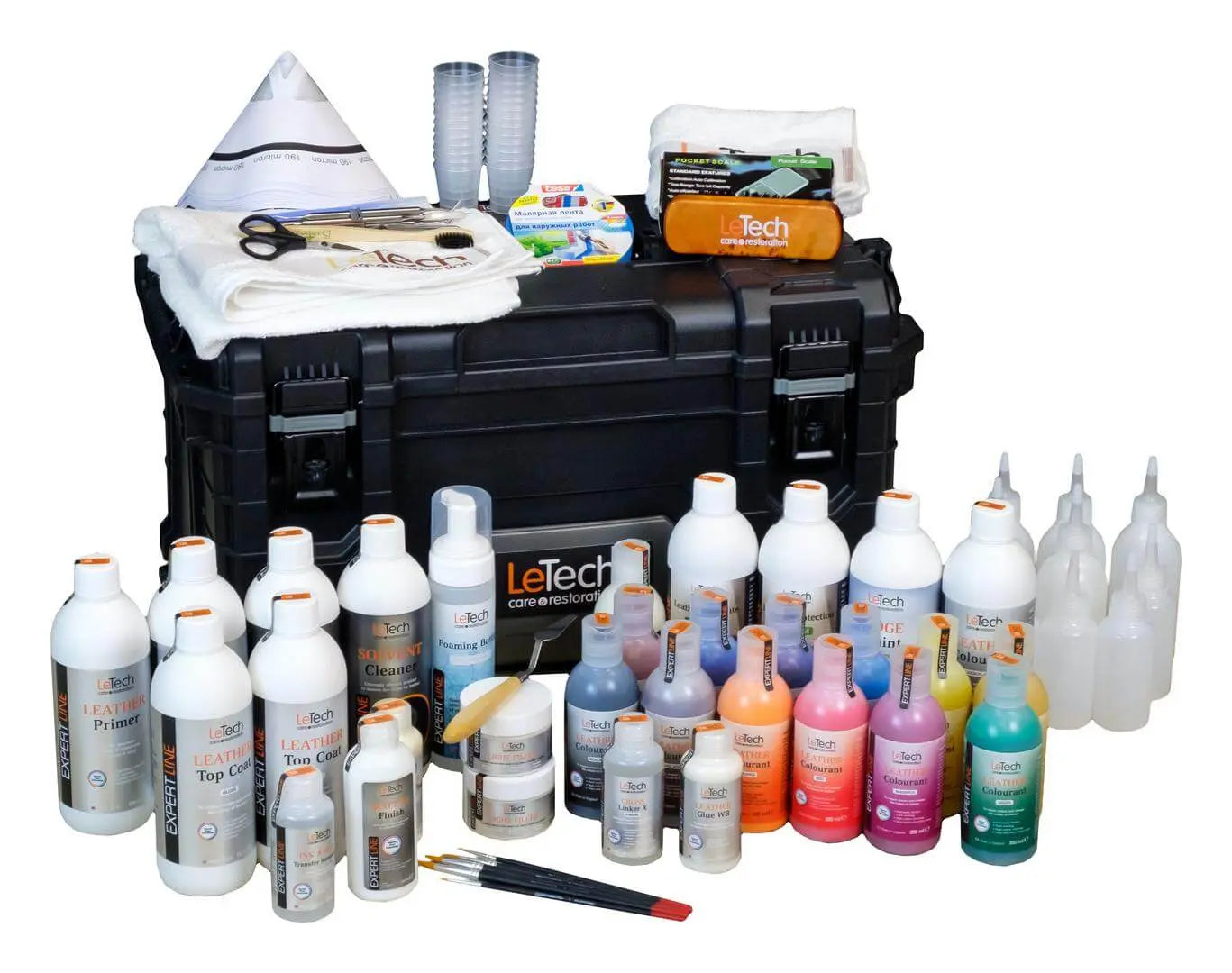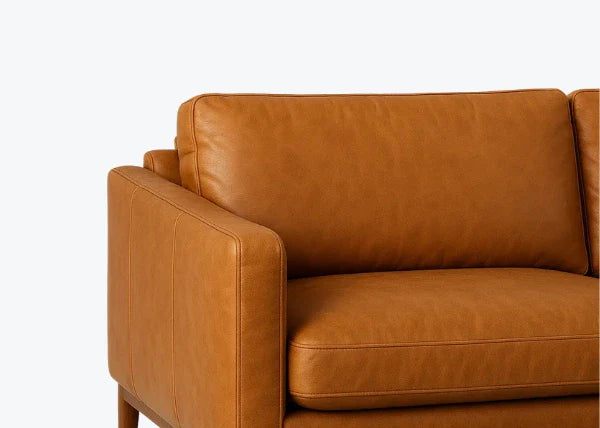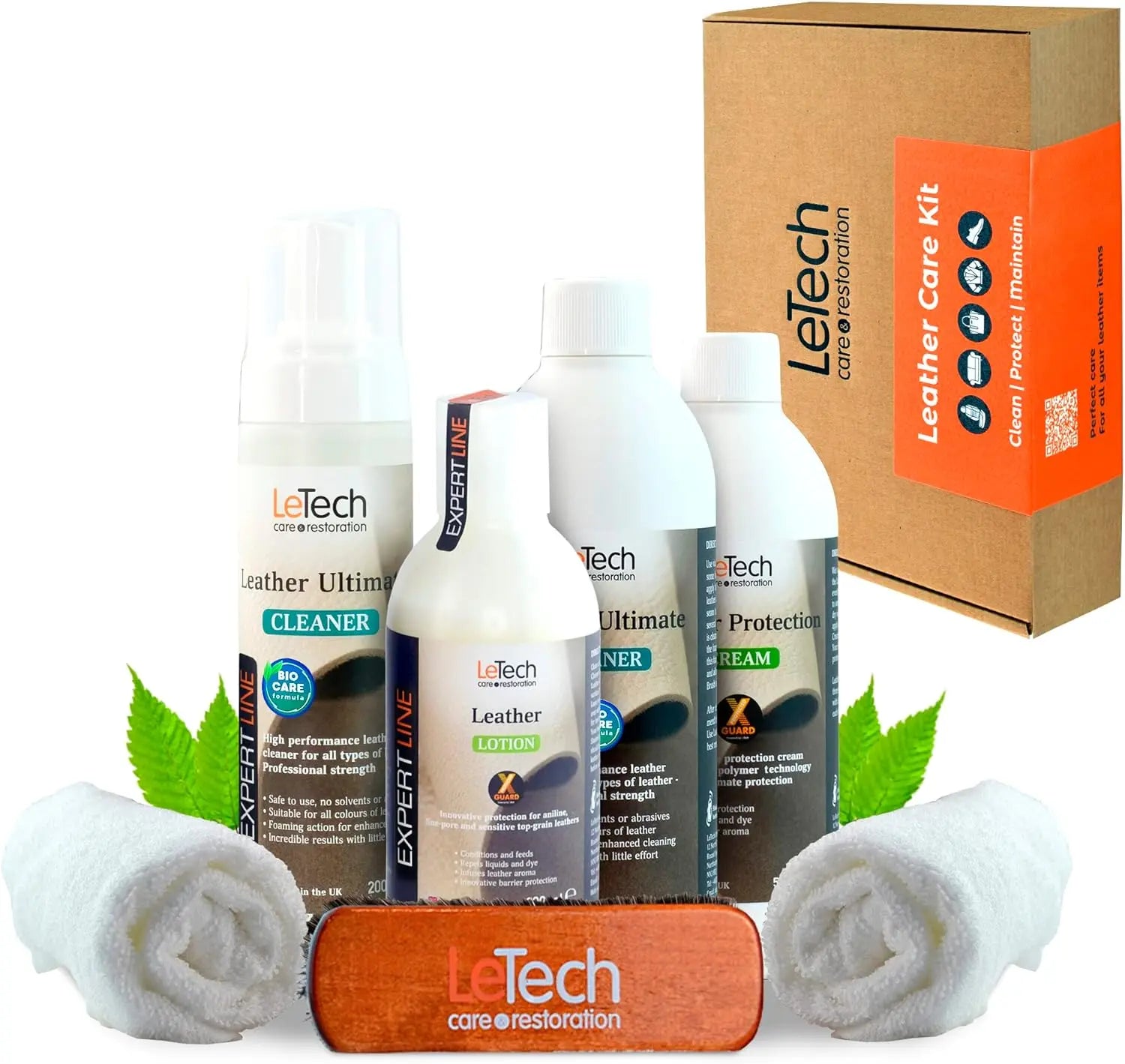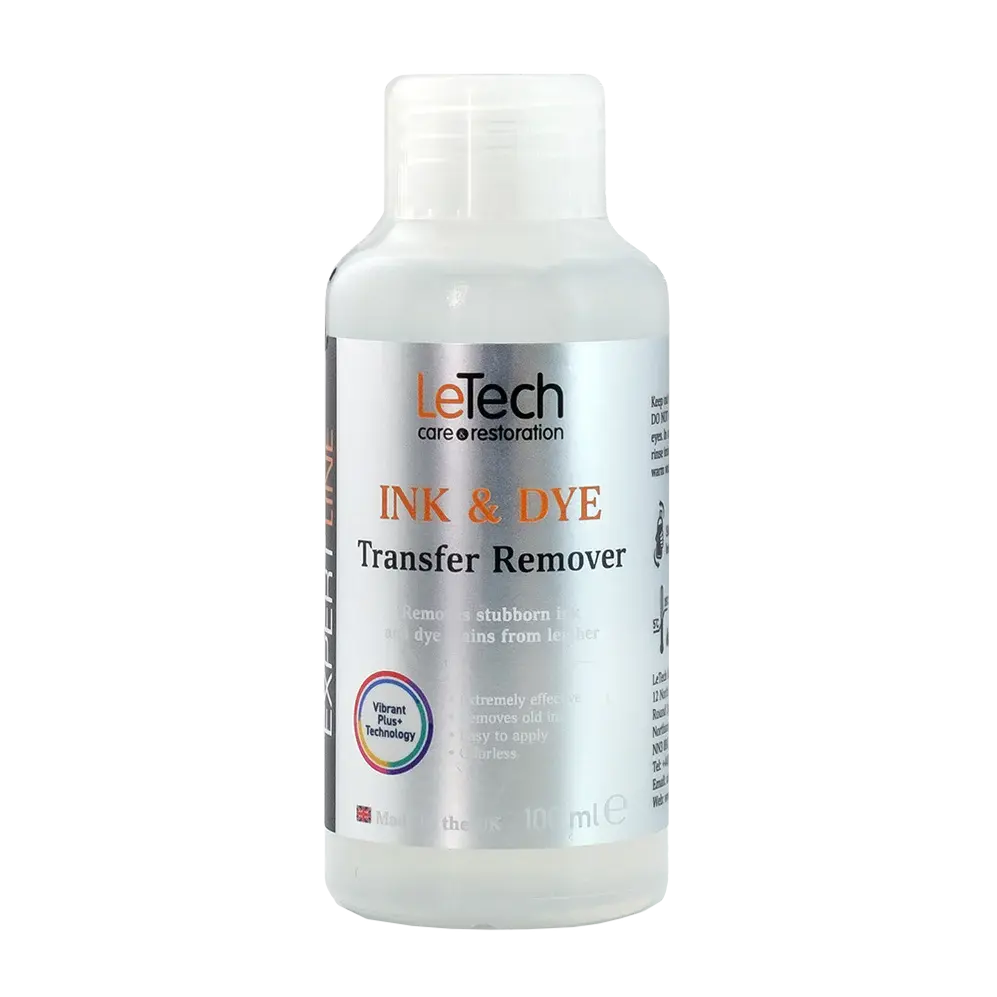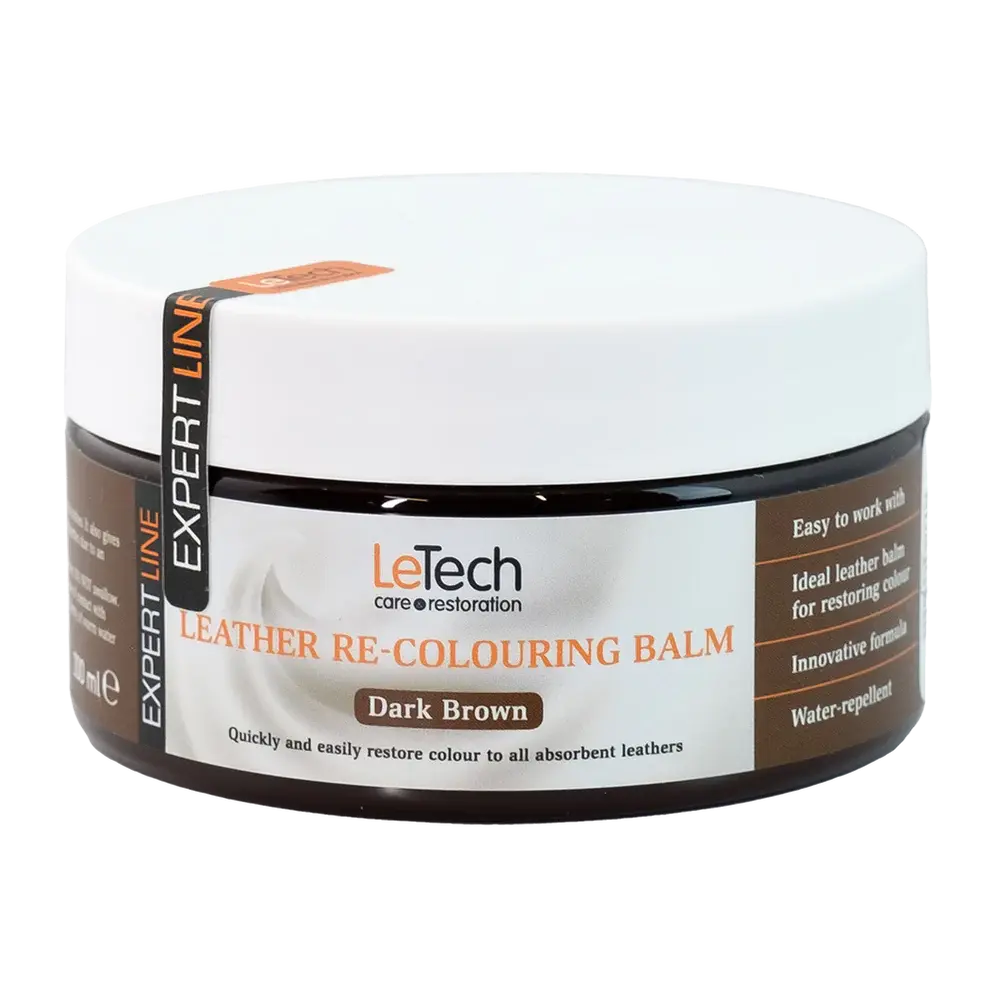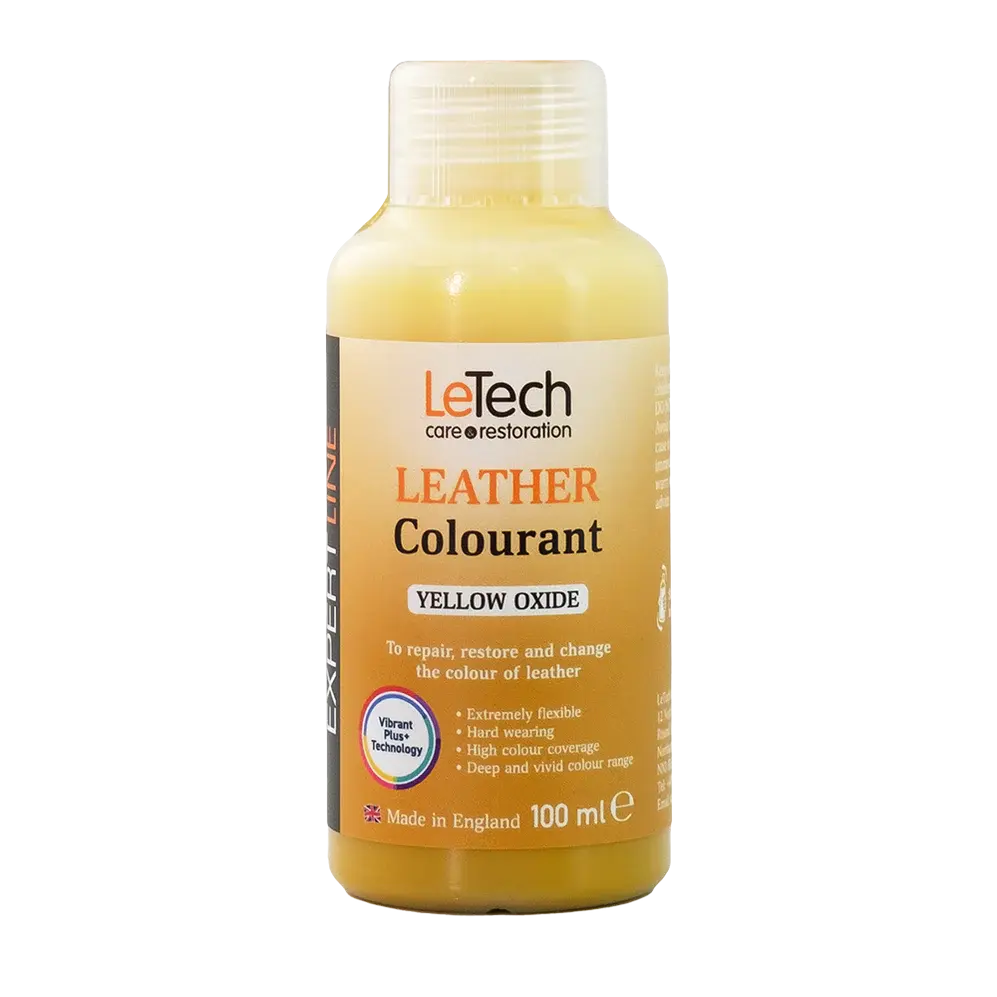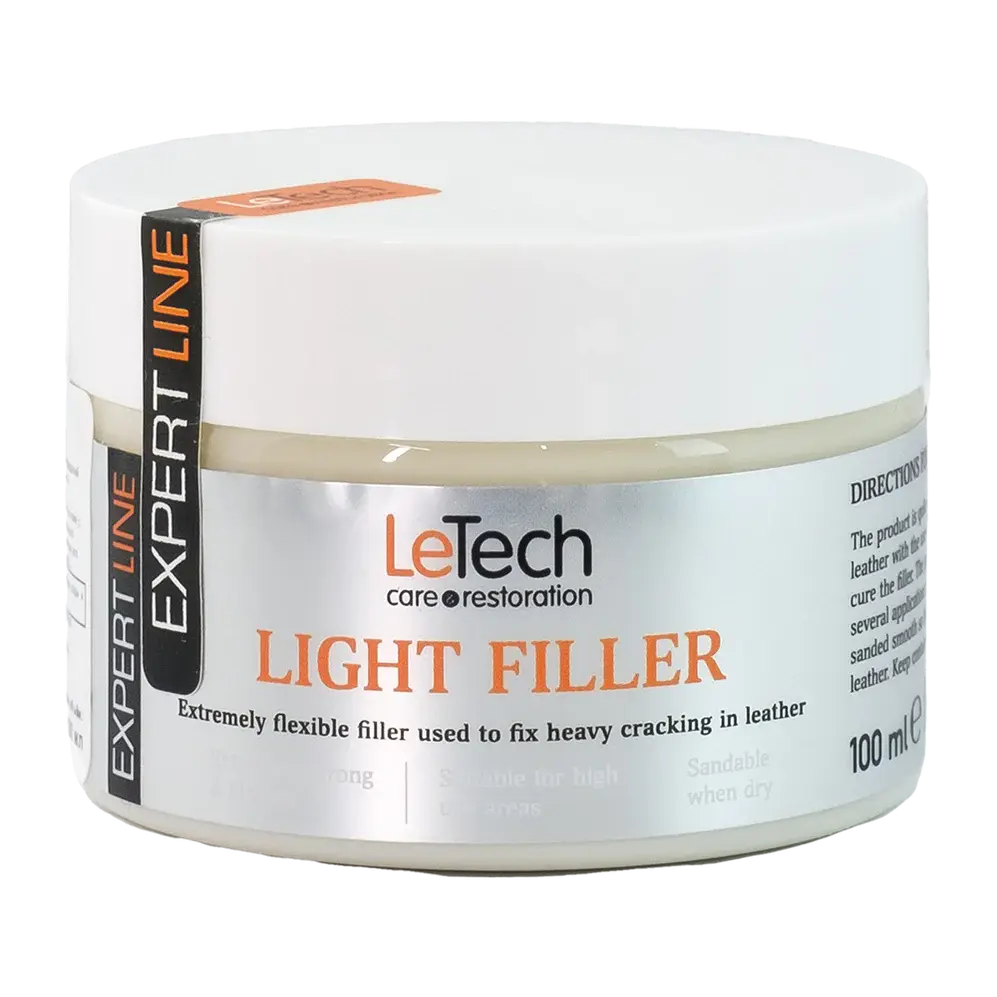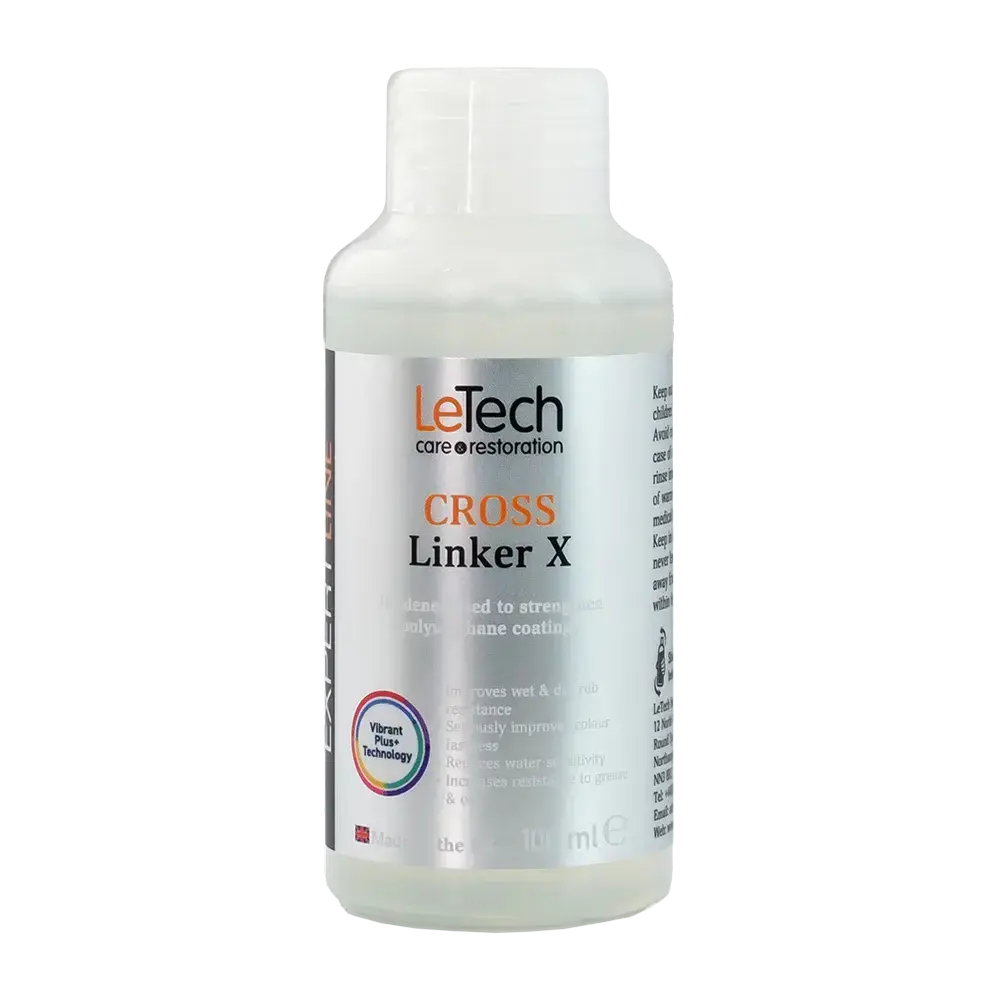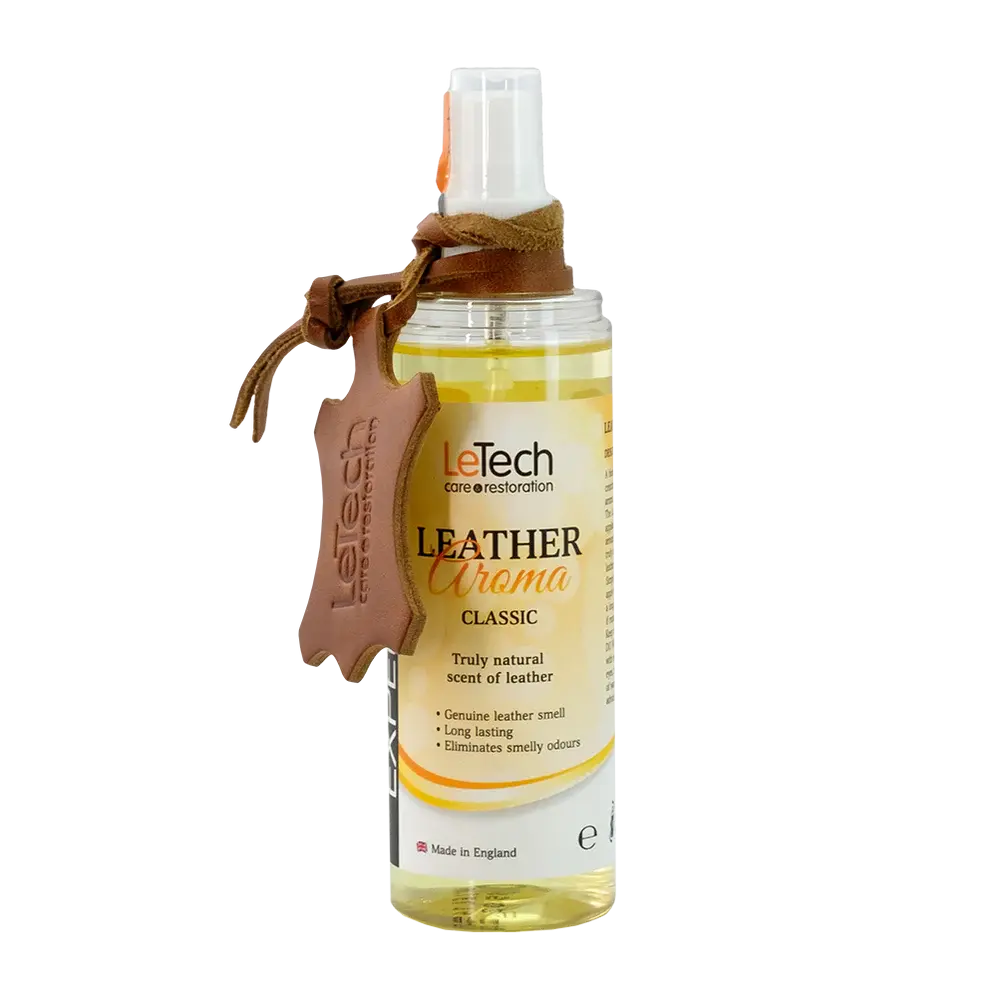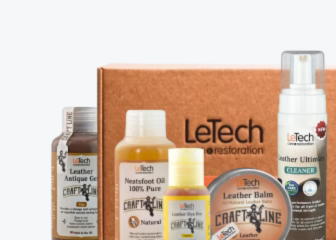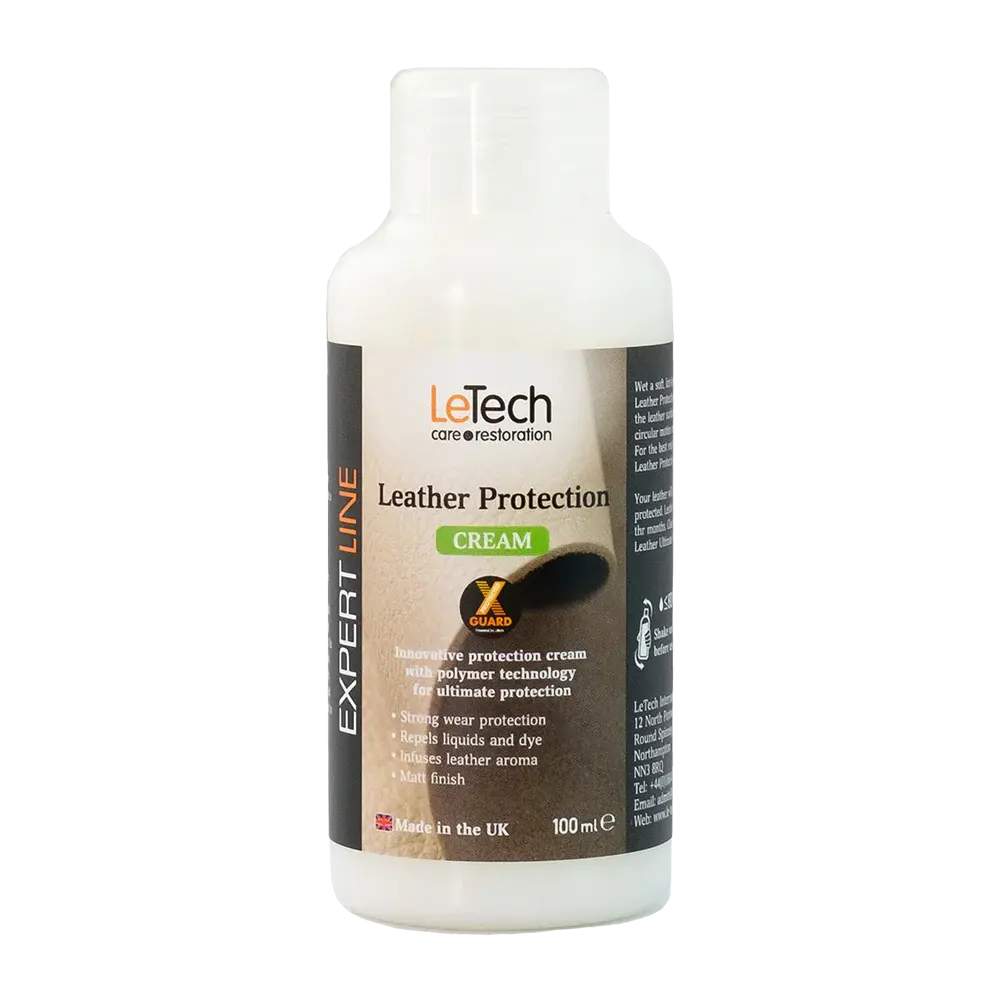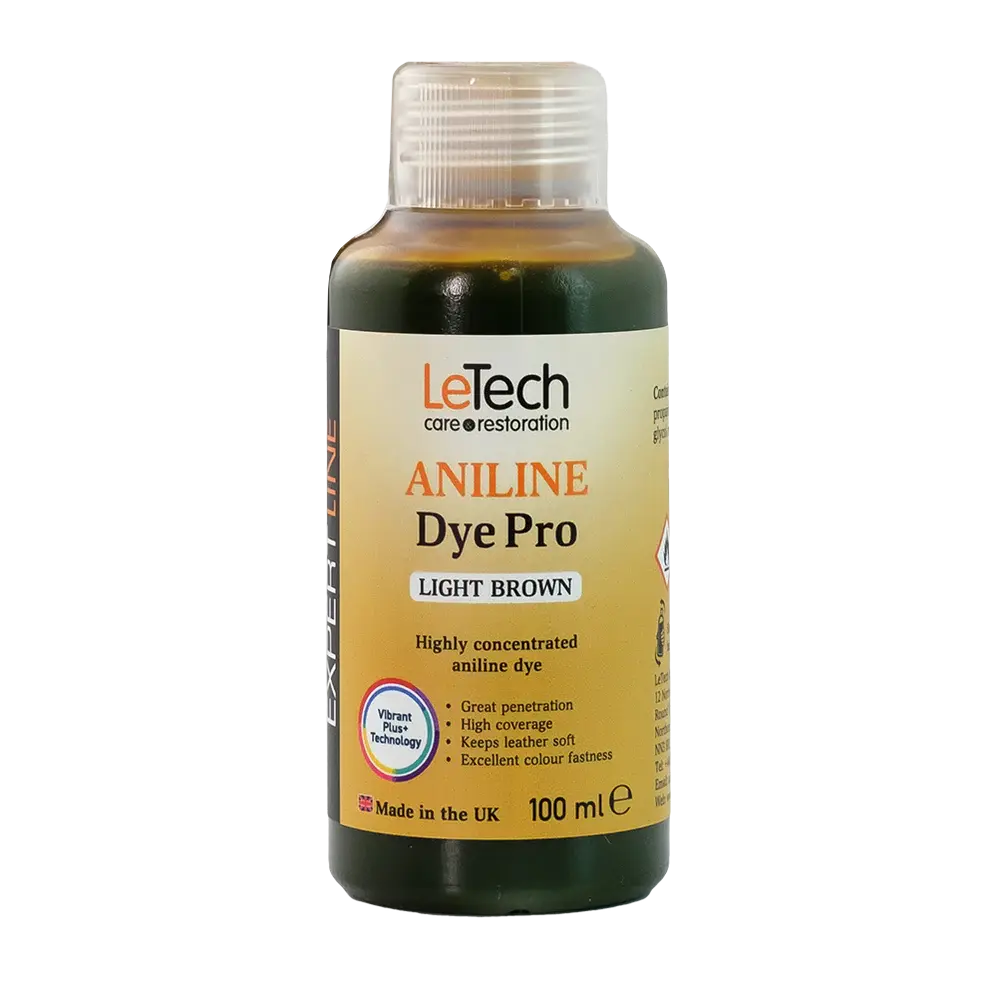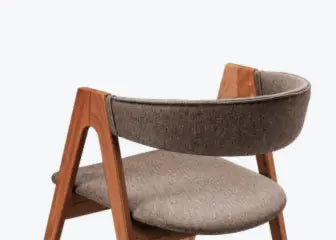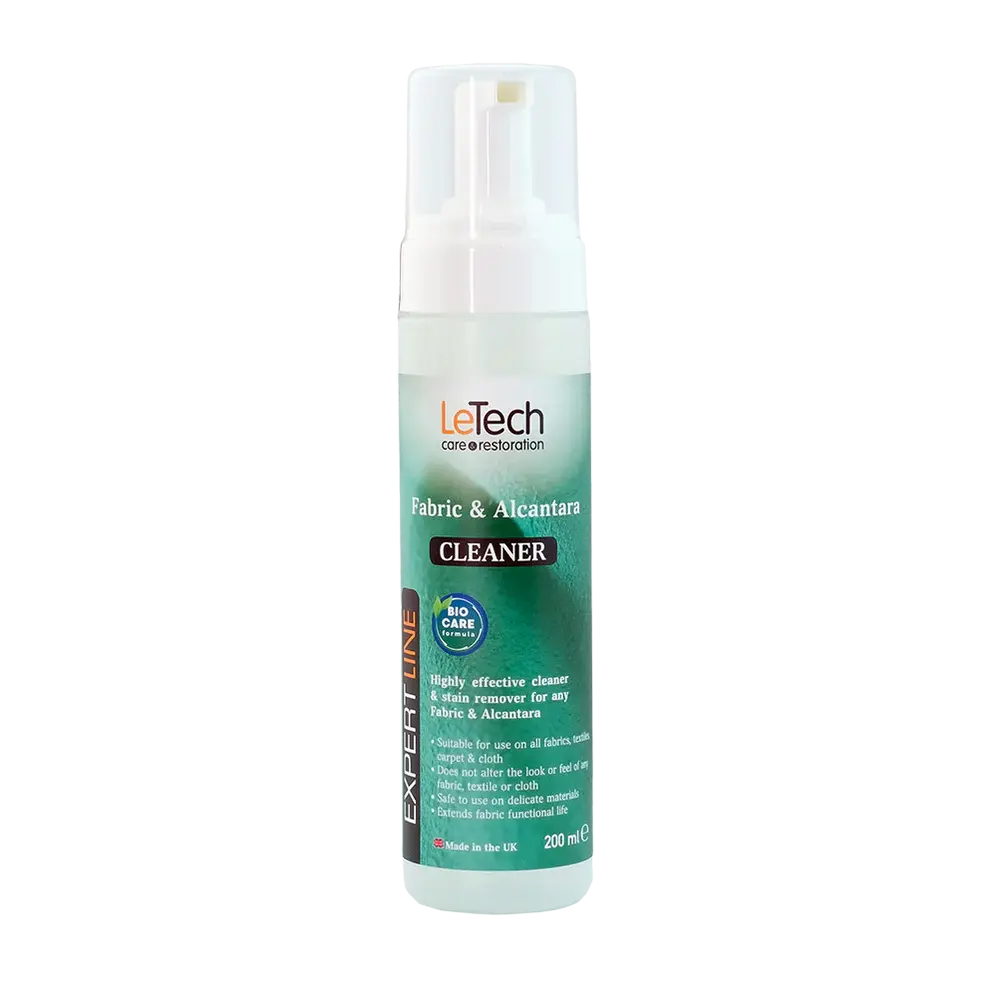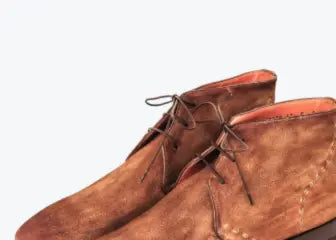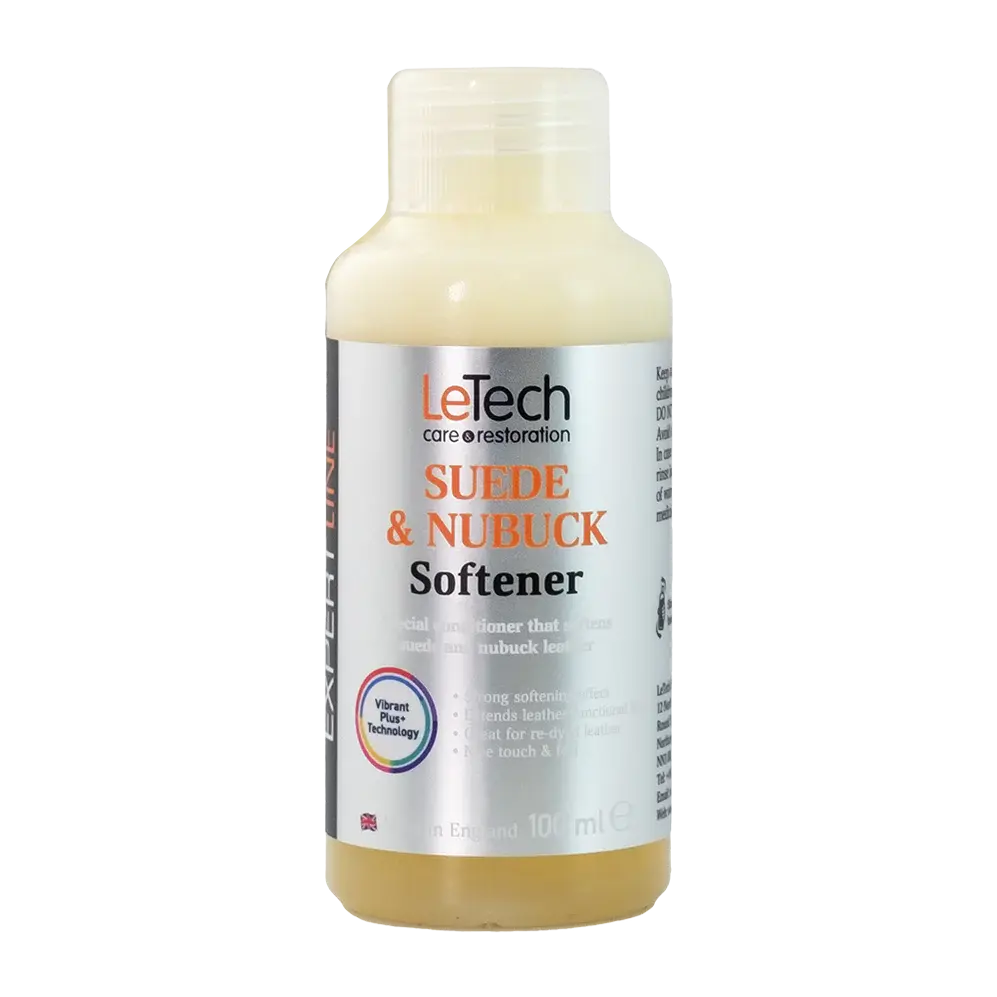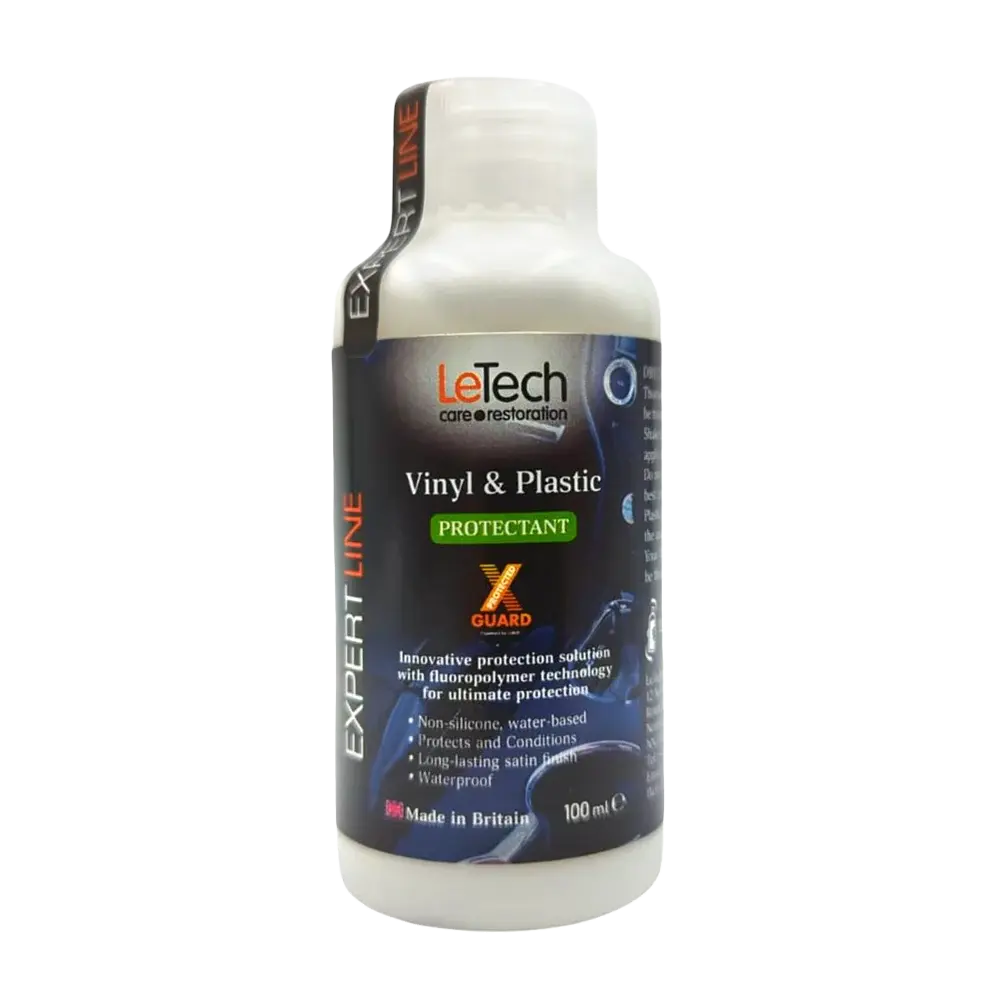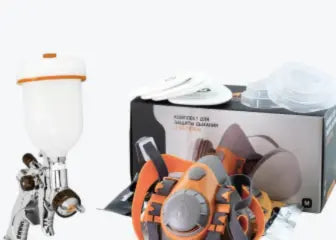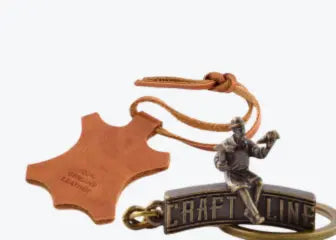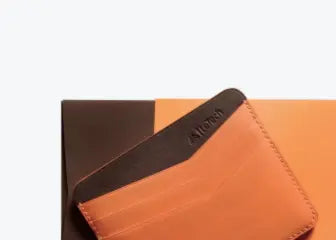Журнал LeTech
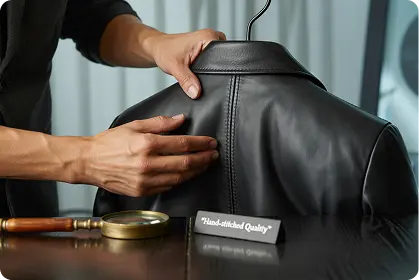
Журнал LeTech
Уход за изделиями из кожи: чистка, защита и хранение | LeTech USA
Узнайте, как очистить, защитить и освежить любой тип кожи, а также придать ей изысканный аромат. Советы профессионалов, безопасные методы и ссылки для покупок и обучения.
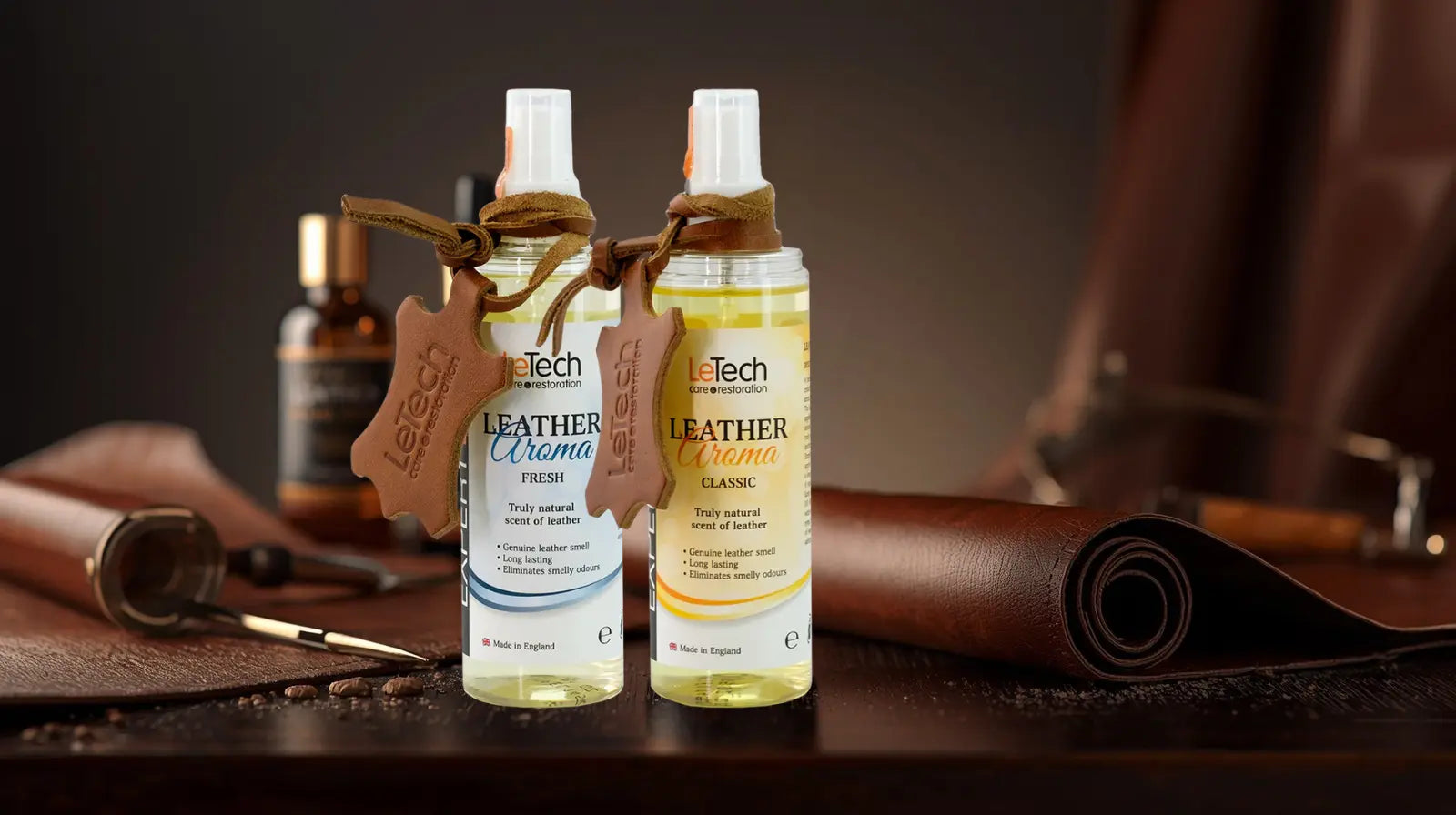
Журнал LeTech
Аромат натуральной кожи: настоящий аромат кожи | LeTech USA
Настоящий аромат кожи — что его создает, почему автомобили отличаются друг от друга и как чистить, защищать и освежать кожу с помощью LeTech Leather Aroma Classic & Fresh.
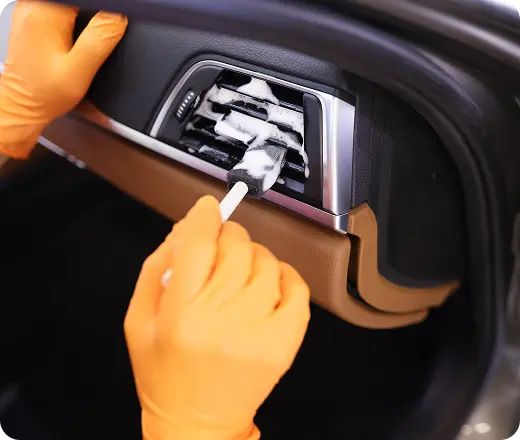
Журнал LeTech
Автодетейлинг в LeTech: методы, безопасность и результаты
Как LeTech обеспечивает более безопасную и глубокую чистку салона и восстановление кожи: квалифицированные реставраторы, экологически чистые химические средства и индивидуальный план для каждого автомобиля. Закажите услугу или приобретите те же профессиональные продукты.
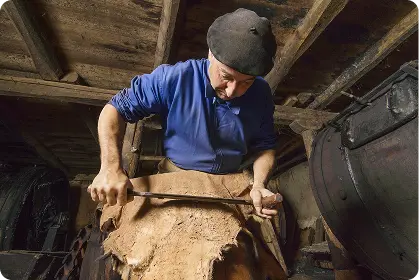
Журнал LeTech
Основы дубления кожи для реставраторов | Процессы, виды и уход
Изучите современные методы дубления (минеральное, растительное, масляное и комбинированное), как отделка влияет на очистку и повторную окраску, а также как выбрать правильную продукцию LeTech USA.
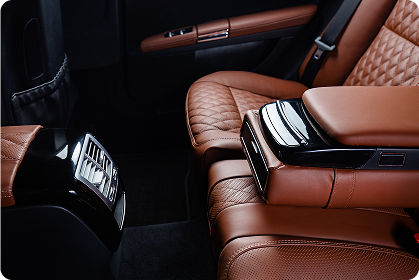
Журнал LeTech
Подробно о коже наппа: уход и особенности
Узнайте, как появилась кожа Nappa, почему она выглядит премиально, как полуанилиновая отделка влияет на уход и как выбрать правильные средства для реставрации LeTech USA.

Журнал LeTech
Уход за кожей · Профессиональное руководство
Как определить тип кожи
Крайне важно научиться быстро и правильно определять тип кожи . Каждый вид кожи обладает уникальными характеристиками, определяемыми процессом дубления и отделки. Точная идентификация поможет вам выбрать правильный метод очистки, кондиционирования и реставрации — независимо от того, являетесь ли вы профессиональным реставратором, представителем центра детейлинга или любителем, ухаживающим за обувью, одеждой, сумками или интерьером.
Купить книгу по уходу за кожаными изделиями. Реставрация.
Советы профессионалов. Подходит для новичков. Протестировано в лаборатории.
Быстрая навигация
1 Типы кожи (обзор) 2 Пошаговое определение 3 Советы и уход 4 Краткое содержание
Почему идентификация имеет значение
Правильный уход предотвращает потерю цвета, повреждение поверхности и преждевременный износ. Это руководство объясняет , как за считанные минуты определить тип кожи и выбрать правильные средства LeTech для длительной защиты и превосходного качества отделки. Для достижения наилучших результатов сочетайте визуальный осмотр с простыми тестами, чтобы определить, какая кожа у вас: анилиновая, пигментированная, замша, нубук или синтетическая.
Типы кожи, как определить тип кожи, как определить кожу , уход за кожей , восстановление кожи, анилиновая замша против пигментированной замши против нубука
Типы кожи · Как определить тип кожи (основные характеристики)
Мы группируем кожу по семействам со схожими характеристиками и процедурами ухода. Вот краткий обзор, который поможет вам быстро определить тип кожи перед выбором чистящих средств, кондиционеров и средств защиты.
1) Кожа растительного дубления
Изделия премиум-класса и специального назначения (например, сёдла). Дубление натуральными танинами из древесины, коры и дубильных орехов. Натуральная текстура, мягкий матовый блеск, гибкая на ощупь, высокая впитываемость; образует насыщенную патину. Чтобы отличить эту кожу, обратите внимание на изменение теплых тонов и быстрое потемнение при контакте с небольшой каплей воды.
2) Непокрытая / голая кожа (анилиновая, выделанная, вощеная)
Модные аксессуары, одежда, дизайнерская обувь. Минимальное защитное покрытие или его отсутствие. С открытыми порами, быстро впитывает влагу; склонна к образованию пятен и выцветанию. Материал Pull-up/вощёный, обработанный маслами и восками → мягкий на ощупь, с нежным блеском. Этот тип можно определить по лёгким царапинам и быстрому впитыванию воды.
3) Окрашенные и защищенные (пигментированные, тисненые, полуанилиновые, винтажные, бикастовые)
Мебель, обувь, верхняя одежда. Защитная плёнка или пигментный слой; распространены тиснёные фактуры. Винтаж имеет деликатную отделку; бикаст имеет плотную поверхность из полиуретана/ПВХ. Проще в уходе, низкая впитываемость. Этот тип кожи отличается образованием капель воды и устойчивостью к лёгким царапинам.
4) Замша и нубук
Бархатистый ворс, создаваемый шлифовкой. Замша — более толстый и пушистый ворс; нубук — тонкий и износостойкий. Оба материала хорошо впитывают влагу и требуют особого ухода, чтобы избежать появления пятен и выцветания. Определить их можно по заметному движению ворса и сильному потемнению во влажном состоянии.
5) Синтетическая (искусственная/экокожа)
Слой ПУ/ПВХ на текстильной основе. Устойчив к УФ-излучению и не впитывает влагу, но может быть холодным на ощупь или слишком блестящим. Со временем могут появиться глубокие складки и расслоение. Отличается идеально равномерной текстурой, пластиковым блеском и отсутствием впитывания.
Шаг за шагом: как определить тип кожи
Сначала проверьте на незаметном участке. Объедините результаты для большей точности. Используйте этот контрольный список каждый раз, когда вам нужно определить тип кожи дома или в мастерской.
1) Визуальный осмотр
Замша и нубук: легко определить по бархатистому ворсу и высокой впитывающей способности. Гладкая или тисненая поверхность может указывать на окрашенную, анилиновую или полуанилиновую кожу — подтвердите это с помощью тестов ниже. Если вы не уверены, как определить тип кожи только по зернистости, проведите тесты на воздействие воды и царапин.
Некоторые виды кожи легко идентифицировать визуально, другие требуют дополнительных проверок.
2) Испытание защитного покрытия
Слегка поцарапайте ногтем в незаметном месте: • Отсутствие следов → защитное верхнее покрытие (часто пигментированное или покрытое). • Видимая отметка → вероятно, анилин / без покрытия.
Плюсы: Используйте лупу для проверки текстуры зерна и прозрачности отделки.
3) Тест на водопоглощение
Нанесите небольшую каплю и аккуратно вотрите: • Быстро впитывается → анилиновый / подтягивающийся / вощеный. • Бусины сверху → пигментированные / полуанилиновые / бикастовые.
Подлинность замши: синтетическая замша водоотталкивающая (вода задерживается на поверхности); натуральная замша впитывает влагу, темнеет и становится жесткой.
4) Тест на гибкость и блеск
Если царапается и впитывает, слегка согните: pull-up/вощёный материал светлеет на сгибе; анилиновый — нет. Если не царапается/впитывает и имеет мягкий матовый блеск → пигментированный. Резкий пластиковый блеск → вероятно, бикаст.
Совет профессионала
Для кожи с покрытием и синтетической кожи набор LeTech Leather Care Kit — безопасный и универсальный выбор. Для замши и нубука используйте специальную линейку Suede & Nubuck Care . Если вы не уверены, как определить тип кожи, сначала проведите тест на попадание воды, а затем аккуратно поцарапайте поверхность в незаметном месте.
Рекомендуемые продукты
Набор инструментов и оборудования для ухода за кожей Pro
В итоге
Понимание типа кожи — ключ к сохранению ее красоты и долговечности. Каждая категория — от натурального анилина до современных синтетических материалов — требует уникального подхода. В этой статье показано , как определить тип кожи с помощью быстрого визуального осмотра и простых тестов. Следуйте пошаговым инструкциям выше и наглядному руководству ниже , чтобы уверенно определить свой тип кожи и выбрать правильные профессиональные средства по уходу.
Показывать
на страницу

